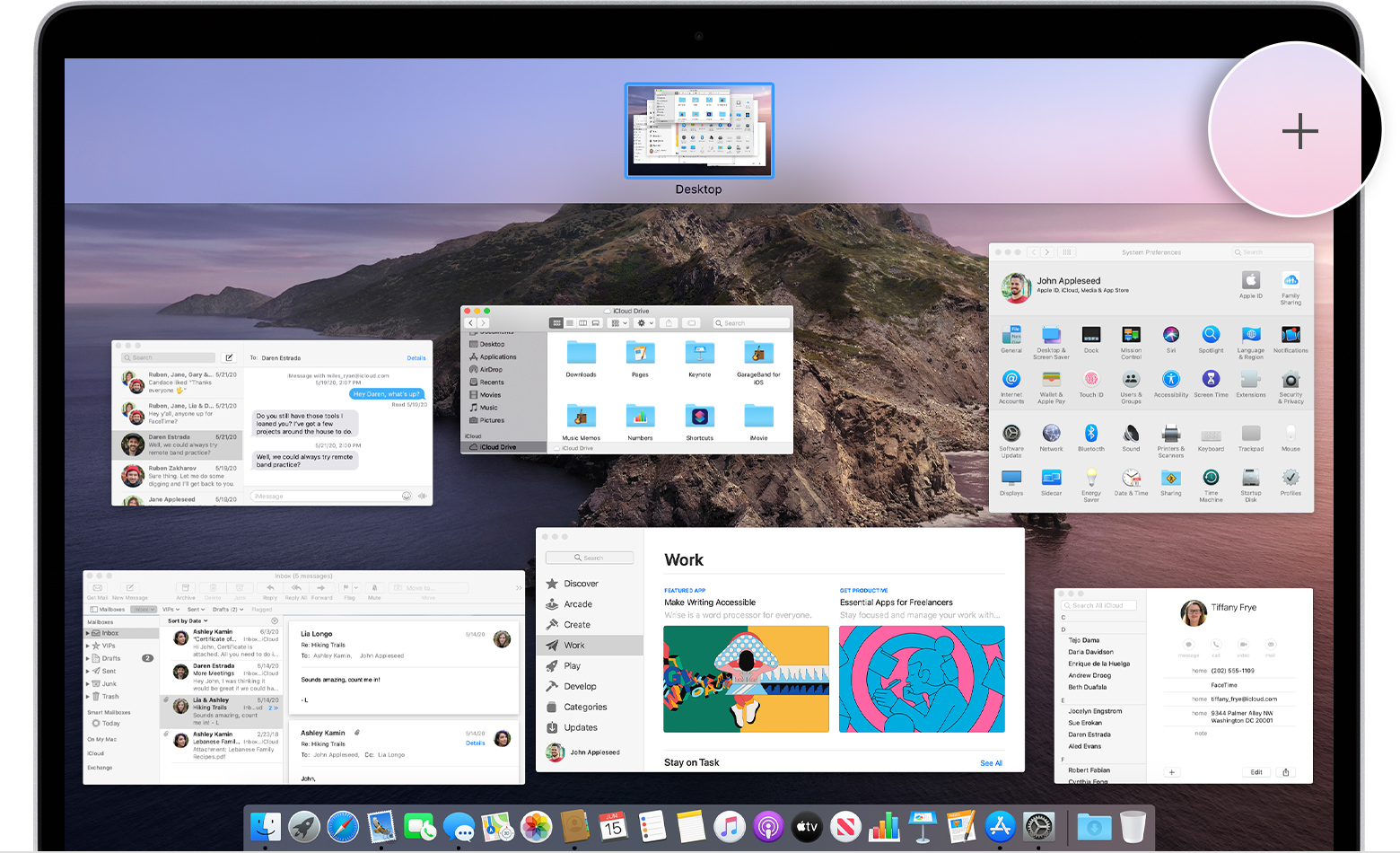In Between The Space Mac OS
Dec 11, 2020 Choose Apple menu About This Mac, then click Storage. Each segment of the bar is an estimate of the storage space used by a category of files. Move your pointer over each segment for more detail. Click the Manage button to open the Storage Management window, pictured below. Note: Mac 10.9 uses the label Shortcuts. In the left panel, click “Mission Control.” The. Right panel will show all Mission Control. In the right panel, make sure the boxes for. The following are NOT checked: Move left a space Move right a space Switch to Desktop 1 (this may. Already be unchecked). The most basic way to check free disk space on a Mac is by using Finder. Open a new Finder window by pressing Command+N or selecting File New Finder Window in the menu bar. (You can also use a little-known shortcut to open one from anywhere.) The Best Tech Newsletter Anywhere. Let me preface this answer by saying I’m an old git - I was around when Windows was still 3.x (and before that actually) and I worked for companies where our core product ran on DOS and maximising the amount of available RAM was a key skill - this.

Choose OS while starting up
You can select which operating system to use during startup by holding down the Option key. This displays icons for all available startup disks, and lets you override the default setting for the startup disk in Startup Disk preferences (Mac OS X) or the Startup Disk control panel (Windows) without changing that setting.
Mac Operating System Download

To change the default OS Setting in Windows:
1. In Windows, choose Start > Control Panel. If you are in Category View, click “Performance and Maintenance†(Windows XP) or “System and Maintenance†(Vista).
2. Open the Startup Disk control panel.
3. Select the startup disk with the operating system you want to use by default.
4. If you want to start up that operating system now, click Restart.
To use Startup Disk preferences in Mac OS X:
How To Free Disk Space On Mac
1. In Mac OS X, choose Apple () > System Preferences.
2. Click Startup Disk.
3. Select the startup disk with the operating system you want to use by default.
4. If you want to start up that operating system now, click Restart